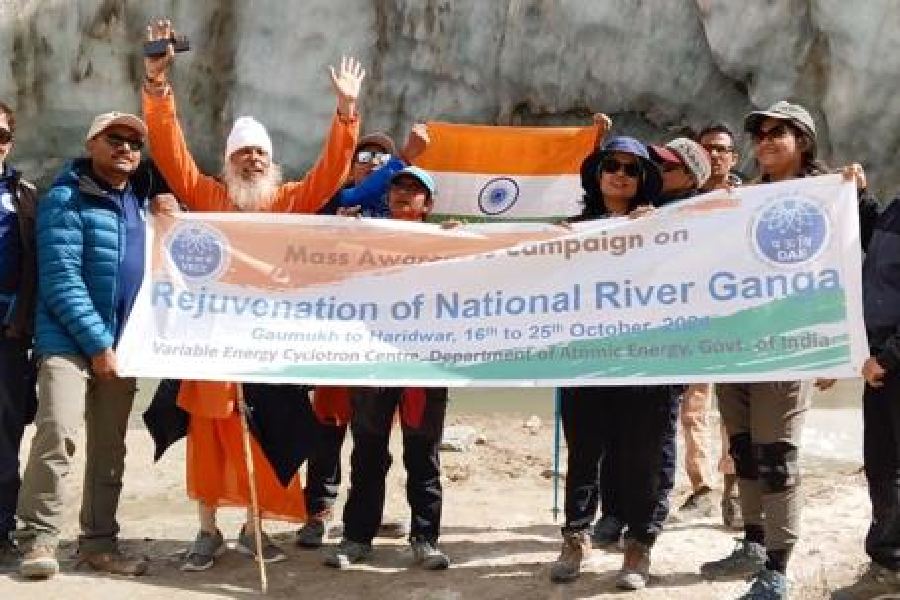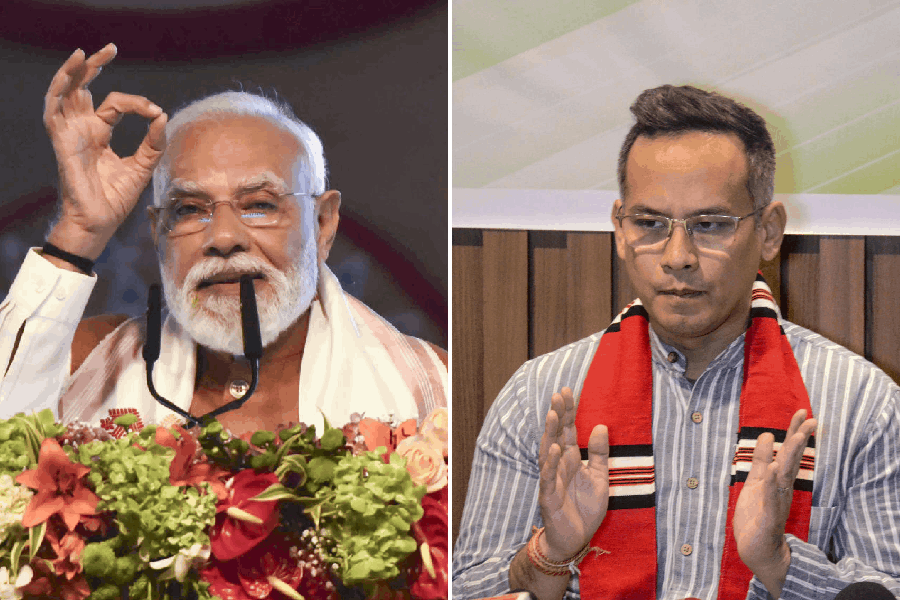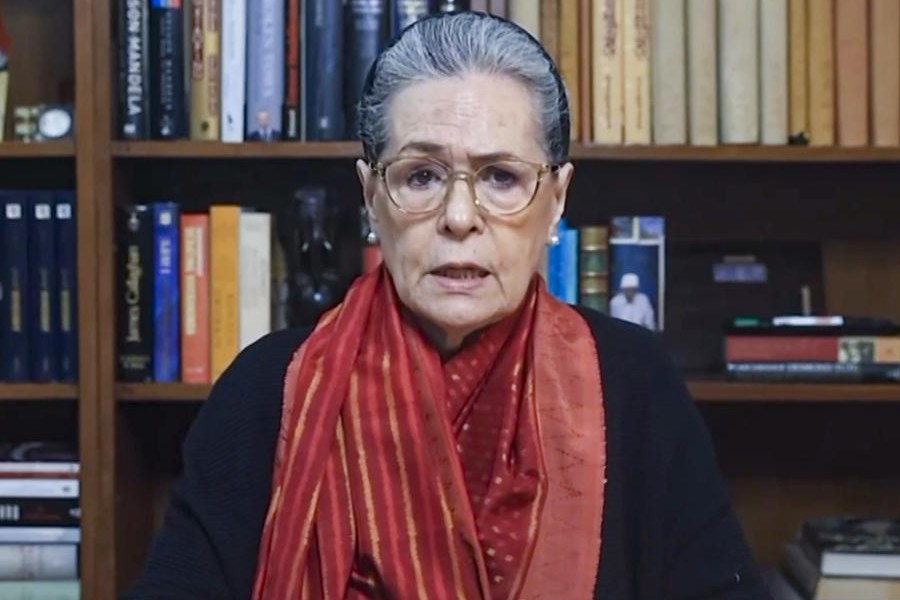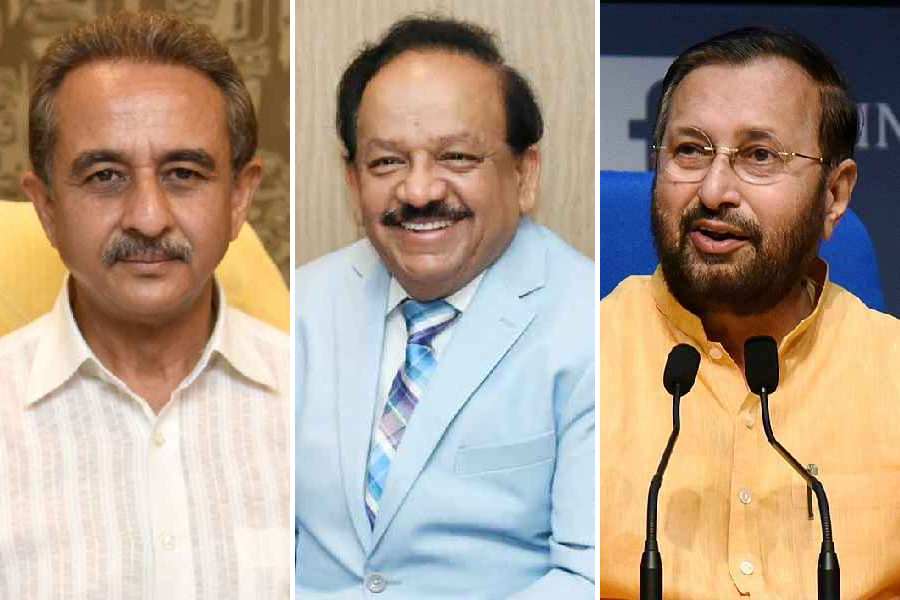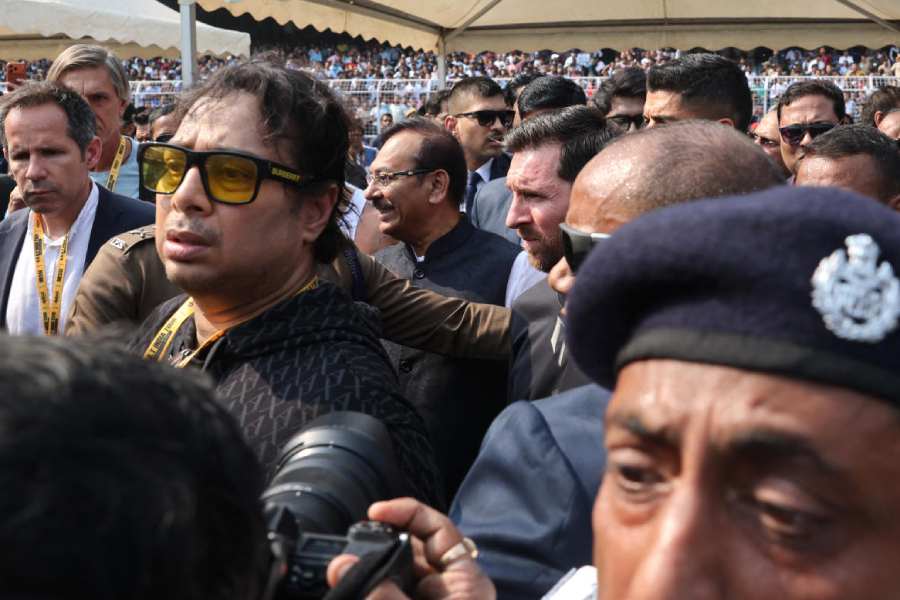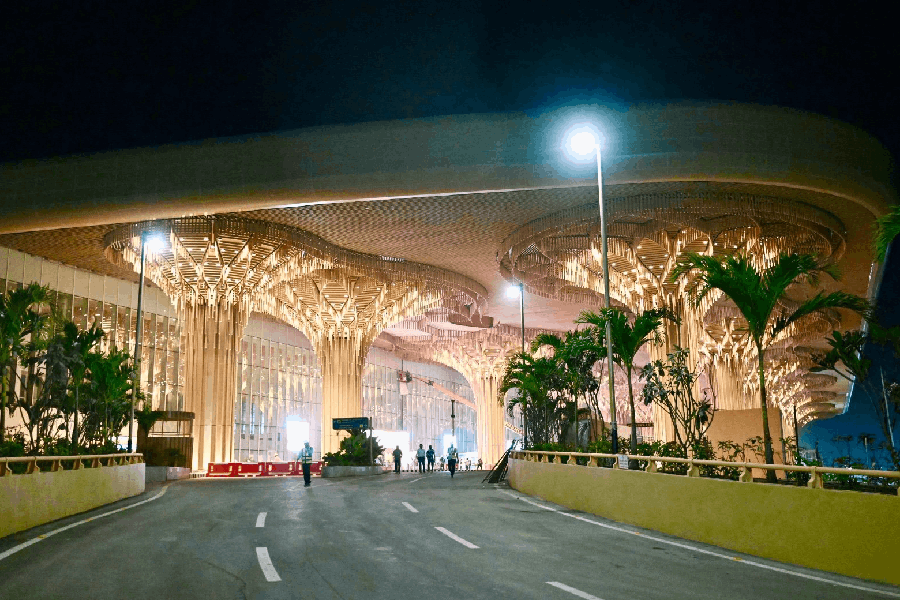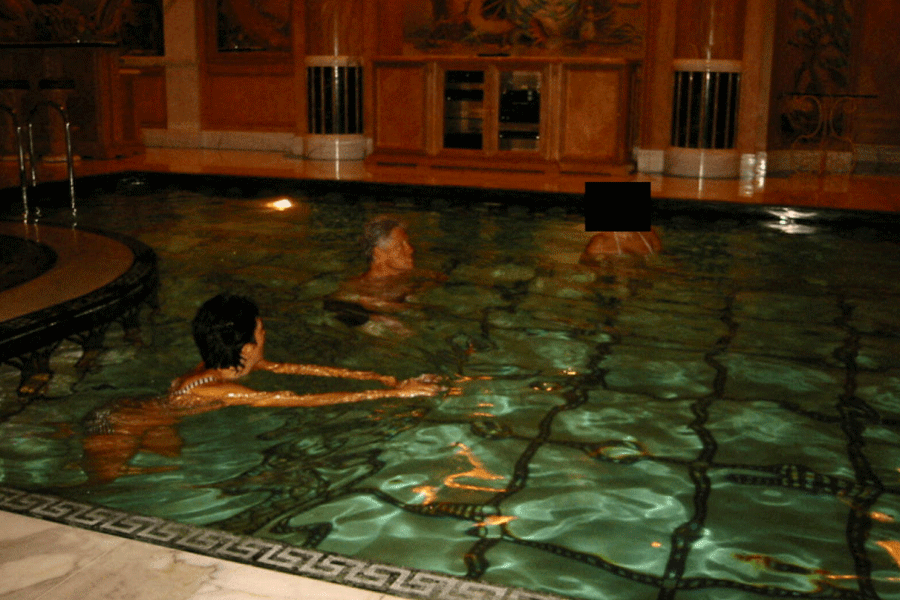Agroup of scientists embarked on a trail usually taken by pilgrims. But their 310km trek from Gomukh to Hardwar over 11 days was not for a pious cause. They were on a mass cleanliness drive and awareness campaign to reduce river pollution.
Five scientists from the Variable Energy Cyclotron Centre (VECC) in AF Block, under the department of atomic energy, participated in the expedition and returned having educated others and feeling inspired themselves.
Sinners and saints
The first leg of the mission had them trekking from Gomukh to Har Ki Pouri Ghat in Haridwar. “Gomukh, the source of the Ganga, lies at an altitude of around 13,000ft and is one of India’s most popular trekking destinations,” explained Suman Guha, joint secretary, Swachhata committee, VECC, who led the project.
“Situated within the Gangotri National Park, it is a plastic-free zone and visitors must declare all plastic items being carried in. Plus, this trekking route is accessible only for three to four months each year so we expected pristine surroundings. But we were shocked to find plastic even 15m away from Gomukh,” lamented Santosh Kumar Mishra, another scientist. “We started collecting the waste and ended up with 60-70kg of plastic.”
The stretch is treacherous, with narrow paths and loose stones falling off the edges and is too high for sweepers to access, leading to years of accumulation of trash. “In fact, we ran out of collection bags and had to take some from the sages meditating up there,” said Ananda Das.
“We thought sages would not care about worldly affairs but all the ascetics we encountered on this trip readily grasped our concerns. One remarked that while people come to the Ganga to wash away their sins, if they dumped plastic in the river, they were actually committing sins worth seven lifetimes,” said Guha.
Chiranjib Das explained that part of VECC’s work includes cancer research and treatment. “So watching plastic strewn about had a profound impact on us. The discarded plastic eventually falls into the river and the strong currents break it down into microplastics that infiltrate the food chain causing multiple health concerns,” he stated.
Mishra noted that while visitors are required to declare any plastics they carry, there are no physical checks in place. So many leave behind empty water bottles, food wrappers, empty kerosene bottles, used sanitary napkins and other refuse instead of carrying their waste back down.
Ananda Das pointed out that dustbins were insufficient and many were broken at the base, causing the trash to fall through anyway. “If there were adequate drinking water facilities in the park, people would not need to bring plastic bottles in at all,” he suggested.
“We spoke to guides, porters, national and international tourists and even took oaths from fellow trekkers for our cause,” said Trijit Maiti. “We met PhD scholars conducting research who demonstrated that water quality at high altitudes was good enough to drink but deteriorated significantly as it flowed downward.”
At the ghats
The team conducted a workshop at the Nehru Institute of Mountaineering and learned that Mount Everest’s base is similarly polluted. They also visited the ghats, with great success.
Mohant Swami Premananda Shastri of the Shri Krishna Hari Dham Trust Ghat Haridwar and Gangotri Panch Mandir Samity joined the team in cleaning the streets and the president of Shri Panch Mandir Samiti, Gangotri Dham, Rawal Harish Semwal, organised a hom for their project’s success.
At Har Ki Pouri Ghat, the authorities promised to step up announcing anti-plastic messages from the very day that the team met them.
“An additional challenge at the ghats is clothing,” explained Chiranjib Das. “People often perform puja there and change into new clothes while abandoning their old ones. Cotton clothes are biodegradable but these days a lot of clothes use synthetic fabrics that are harmful to water quality. Again, flowers offered to the water are organic but not if they are tied in plastic bags.”
Although sweepers report daily for work at the ghats, the team identified some neglected areas where trash continued to accumulate. “These Cleanliness Target Units (CTUs) were typically overlooked spots — such as behind rickshaw stands — that require special attention. We explained these issues to the sweepers and asked them to focus on these corners once a week,” said Ananda Das.
Tapas Kumar Bhaumik, chairman of VECC’s Swachhata committee, drew a parallel here with Salt Lake: “Here too, we have CTUs at Baisakhi footbridge near our campus. We send teams here as well. Without cleaning these out, accumulated plastics clog drainage systems during monsoon and cause waterlogging,” said Bhaumik.
Miles to go
This was not VECC’s first such cleanliness trek. They had sent a team in 2023 from Chandipur to Digha too. “The biggest challenge in coastal terrain is nylon fishing nets that tear and contribute microplastics into the ocean,” Guha noted.
Over the next two years, the team aims to continue their drive in the hills and ultimately cover the entire path of the holy river from the Gangotri glacier to Sagar Island.
The project of five trekkers that began with the blessings of the VECC director Sumit Som ended having engaged 600 participants from various walks of life. “We are happy we could reach both grassroots levels and top authorities, and collected at least 200kg of non-biodegradable waste to hand over for systematic disposal,” Guha said.

